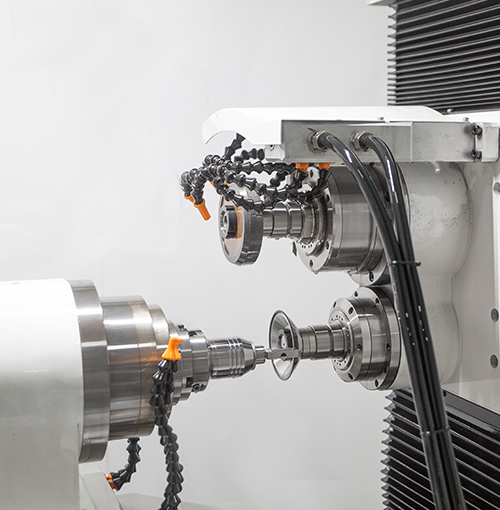Industry knowledge
What are the different types of milling inserts available, and how do they differ?
Square Inserts: These inserts have a square shape and are commonly used for general milling applications. They are suitable for shoulder milling, face milling, and profiling.
Round Inserts: These inserts have a circular shape and are suitable for contour milling, corner rounding, and face milling.
Triangle Inserts: These inserts have a triangular shape and are suitable for slotting, pocketing, and contour milling.
Diamond Inserts: These inserts have a diamond shape and are suitable for milling non-ferrous materials and high-temperature alloys.
Octagonal Inserts: These inserts have an octagonal shape and are suitable for rough milling, especially for larger machines.
T-shaped Inserts: These inserts have a T-shaped profile and are suitable for milling grooves and T-slots.
Rhombic Inserts: These inserts have a rhombus shape and are suitable for high-speed machining of hardened materials and abrasive alloys.
Milling inserts differ in terms of their shape, size, material, and cutting edge geometry. The choice of milling insert depends on the specific application requirements, such as the material being cut, the cutting speed, and the depth of cut. The right selection of milling insert geometry, material, and coating can help optimize cutting performance and prolong the life of the insert.
What are the advantages and disadvantages of using coated milling inserts?
Advantages:
Increased Tool Life: Coated milling inserts are designed to withstand higher cutting speeds and prolonged use, resulting in a longer tool life.
Improved Cutting Performance: Coatings on milling inserts can provide improved performance in terms of increased cutting speed, reduced tool wear, and improved surface finish.
Reduced Friction: Coatings can reduce friction and heat buildup during the cutting process, resulting in improved chip evacuation and reduced tool wear.
Increased Durability: Coatings on milling inserts can increase the durability and resistance of the insert to wear, chipping, and thermal cracking.
Disadvantages:
Higher Cost: Coated milling inserts are more expensive than uncoated inserts due to the additional cost of the coating process.
Coating Wear: The coating on the milling insert can wear off during use, leading to reduced performance and decreased tool life.
Limited Applications: Coated milling inserts are not suitable for all applications, and the coating may not be effective for certain materials or cutting conditions.
Coating Integrity: The integrity of the coating on the milling insert can be compromised if the coating is not applied correctly, leading to reduced performance and decreased tool life.
What are the considerations when using milling inserts for high-speed machining applications?
Material Selection: Selecting the right milling insert material is crucial for high-speed machining applications. Harder and tougher materials such as carbide and ceramic are preferred for high-speed machining applications as they can withstand high temperatures and maintain their cutting performance.
Cutting Edge Geometry: The choice of cutting edge geometry can have a significant impact on cutting performance in high-speed machining applications. Sharp and polished edges are preferred for high-speed machining to reduce cutting forces and prevent edge wear.
Coatings: Coated milling inserts are often preferred for high-speed machining applications due to their ability to reduce friction, dissipate heat, and prolong tool life.
Machine Rigidity: High-speed machining generates significant cutting forces and vibrations, which can cause tool deflection and reduce accuracy. Ensuring that the machine and tool holders are rigid and stable can help maintain accuracy and prevent tool breakage.
Lubrication and Cooling: Proper lubrication and cooling are crucial for high-speed machining applications to prevent heat buildup and prolong tool life. Using high-pressure coolant and air blast systems can help optimize lubrication and cooling.
Chip Removal: High-speed machining generates a large volume of chips, which can cause chip buildup and interfere with cutting performance. Ensuring that the chip removal system is adequate and effective can help maintain cutting performance and prevent chip-related issues.
Process Parameters: Selecting the appropriate cutting parameters such as cutting speed, feed rate, and depth of cut is crucial for high-speed machining applications. Proper selection of process parameters can help optimize cutting performance, reduce cutting forces, and prevent tool wear.
